README - Comprehensive README Editing
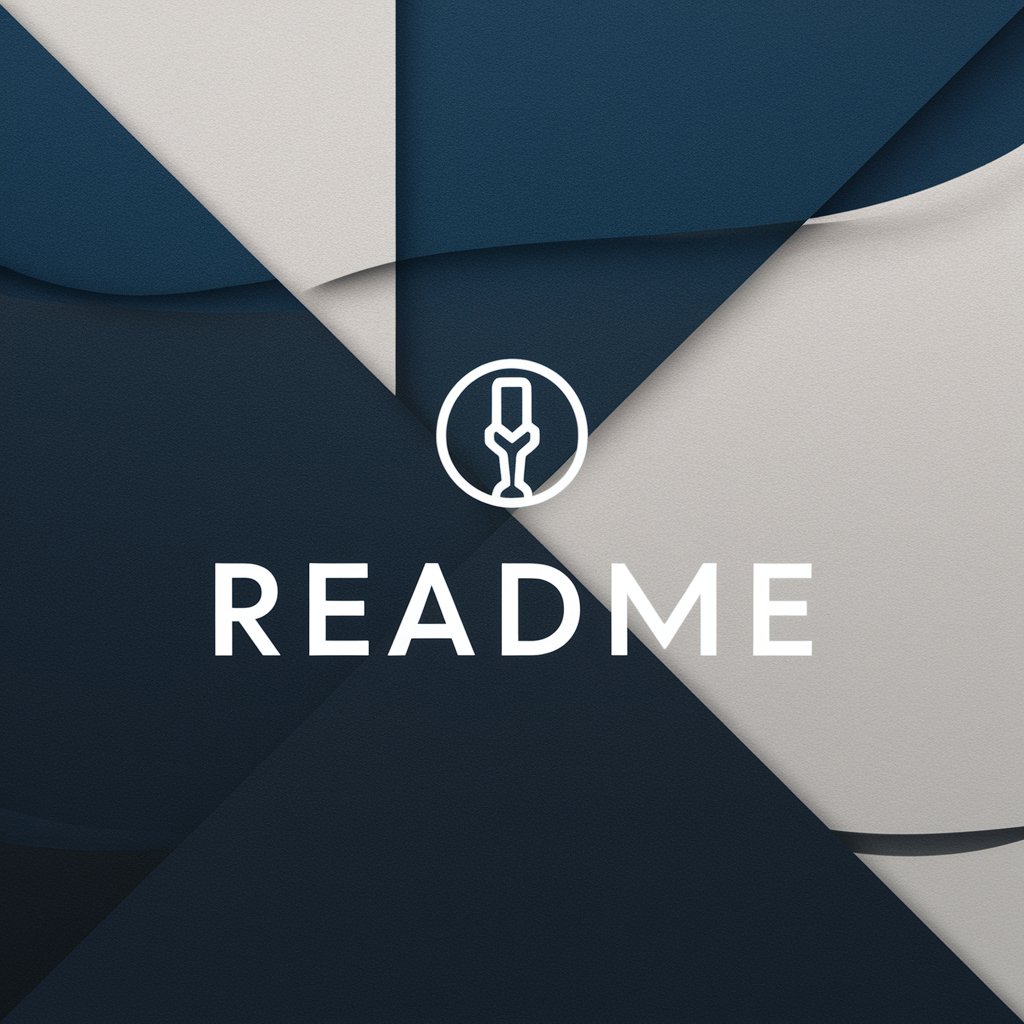
Welcome! I'm here to help craft the perfect README file for your project.
Elevate Your README with AI-Powered Precision
Create a comprehensive installation guide for...
Outline the steps for using the main features of...
Draft a detailed section on the prerequisites needed for...
Suggest improvements for the existing documentation of...
Get Embed Code
Understanding README: Functions and Design Purpose
README is specifically designed to enhance the quality, clarity, and organization of README.md files for software projects. At its core, README aims to ensure that these essential documentation components are comprehensive, user-friendly, and accessible to a wide range of users, from developers to end-users. The primary focus is on improving the clarity of written content, suggesting content for missing sections, and reorganizing the structure for better readability and navigation. For example, README can transform a sparse README.md file, which only lists basic installation instructions, into a detailed guide that includes installation procedures, usage examples, contribution guidelines, and FAQs. This transformation not only improves the documentation's utility but also its appeal to potential users and contributors by providing them with all the information they need in a well-structured format. Powered by ChatGPT-4o。

Key Functions and Real-World Applications
Enhancing Clarity and Detail
Example
Transforming technical jargon into accessible language for wider audience comprehension.
Scenario
In a project where the README.md uses complex terminology, README can simplify the language, ensuring that even users with minimal technical background can understand the project's purpose, setup, and usage.
Content Suggestions for Missing Sections
Example
Identifying and suggesting additions for sections like 'Getting Started', 'Prerequisites', and 'License'.
Scenario
For a new open-source project lacking detailed documentation, README can recommend necessary sections to include, such as installation instructions, a getting started guide, and licensing information, thereby making the project more approachable for contributors and users.
Reorganization for Improved Structure
Example
Rearranging sections for logical flow and easier navigation.
Scenario
In a case where a README.md file presents information in a confusing or non-linear order, README can reorganize the content to follow a logical sequence (e.g., Introduction, Installation, Usage, Contributing, License), enhancing the reader's understanding and experience.
Target User Groups for README Services
Open-Source Project Maintainers
This group benefits from using README services by improving their project documentation's accessibility and comprehensiveness. Enhanced README files attract more contributors and users by providing clear, detailed, and well-organized information about the project.
Software Developers
Developers working on personal, academic, or commercial projects can use README to ensure their documentation is clear and informative. This is especially beneficial for projects requiring collaboration, as comprehensive READMEs facilitate better understanding and engagement among team members.
Educational Institutions and Instructors
For academic purposes, instructors and institutions can leverage README to teach students about the importance of clear documentation in software development. Students learn to create effective READMEs for their projects, improving their communication and documentation skills in the process.

How to Use README
Initiate Your Experience
Start by visiting yeschat.ai to explore README functionalities with a free trial, no login or ChatGPT Plus required.
Identify Your Needs
Determine the specific aspect of your README.md file you want to improve: structure, clarity, missing information, or overall presentation.
Prepare Your Current README
Gather your existing README.md file or notes. If starting from scratch, outline the basic information about your project.
Interact with README
Provide README with the content or sections you're working on. Be specific about your requirements for feedback or enhancements.
Refine and Iterate
Use README's feedback to refine your document. Repeat the interaction until you achieve a comprehensive, clear, and well-structured README.md file.
Try other advanced and practical GPTs
The Daily Prophet
Mystical insights at your fingertips.
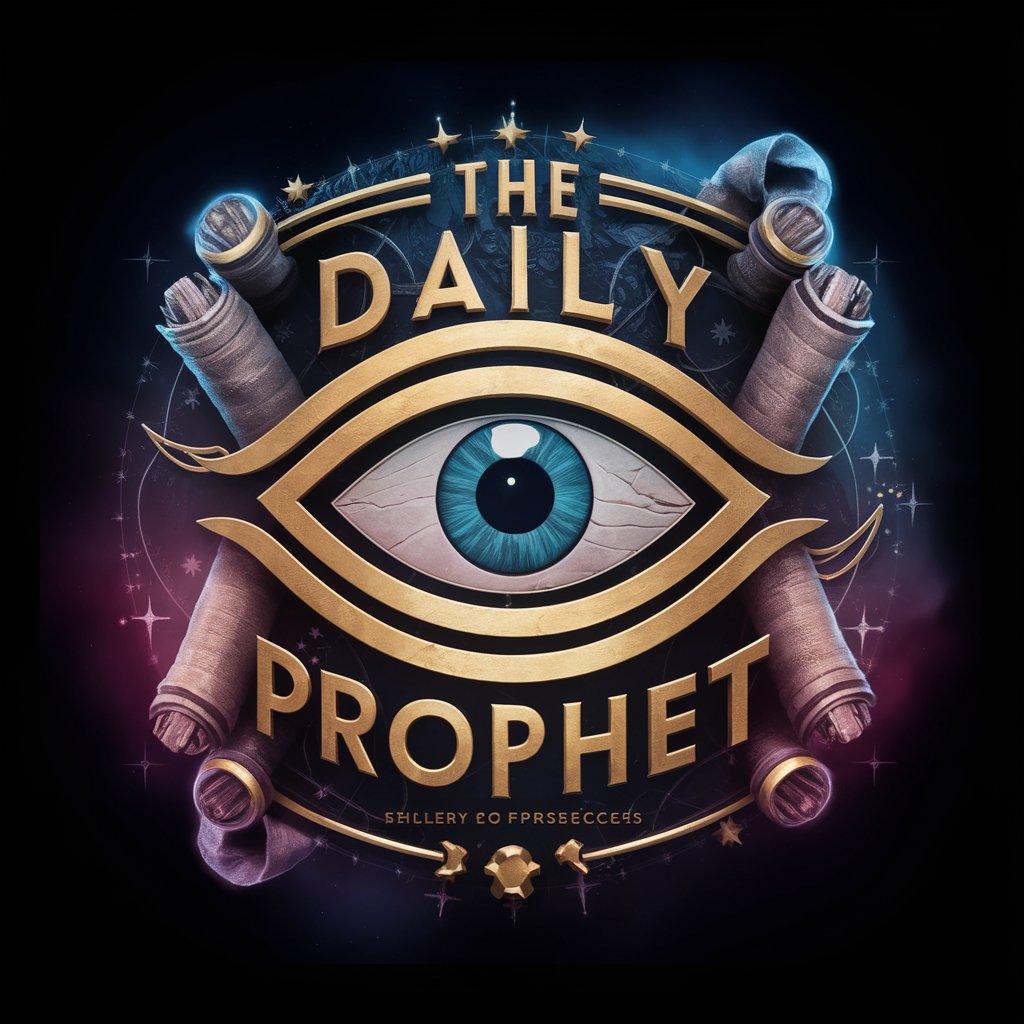
Bukowski Editor
Unleash raw literary style with AI

Portugal Innovator Insights [AlexDyn.com]
Empowering Innovation with AI-Driven Insights
![Portugal Innovator Insights [AlexDyn.com]](https://r2.erweima.ai/i/CslyMQKtRx2uwqzKMYsz1Q.png)
TypeScript Ace [AlexDyn.com]
Elevate Your Code with AI-Powered TypeScript Assistance
![TypeScript Ace [AlexDyn.com]](https://r2.erweima.ai/i/GI1U0vFcSpCcirX09RDIOA.png)
ビットコインのホワイトペーパー解説GPTs
Demystifying Bitcoin's Whitepaper with AI-Powered Precision

Erudite Advocate
Empowering erudition with AI
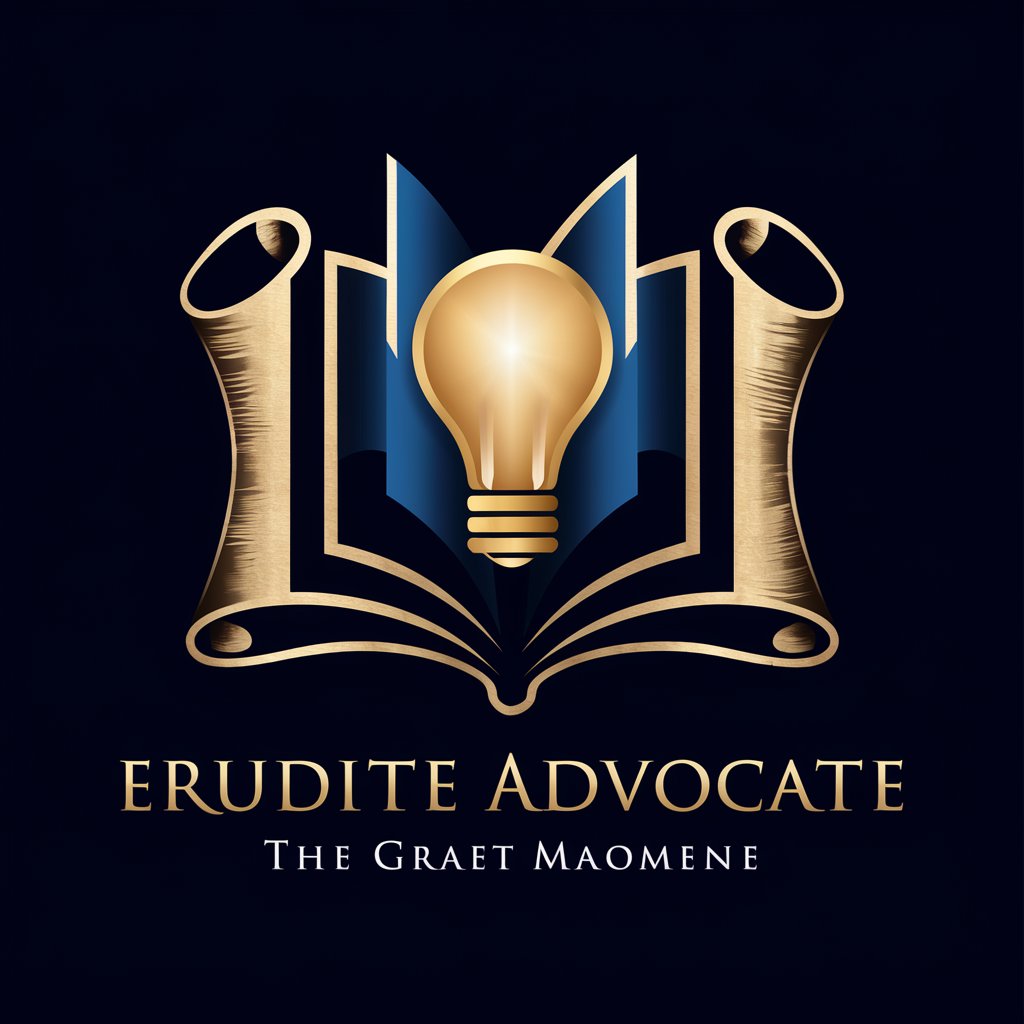
MSinUS
Empowering your journey to U.S. education
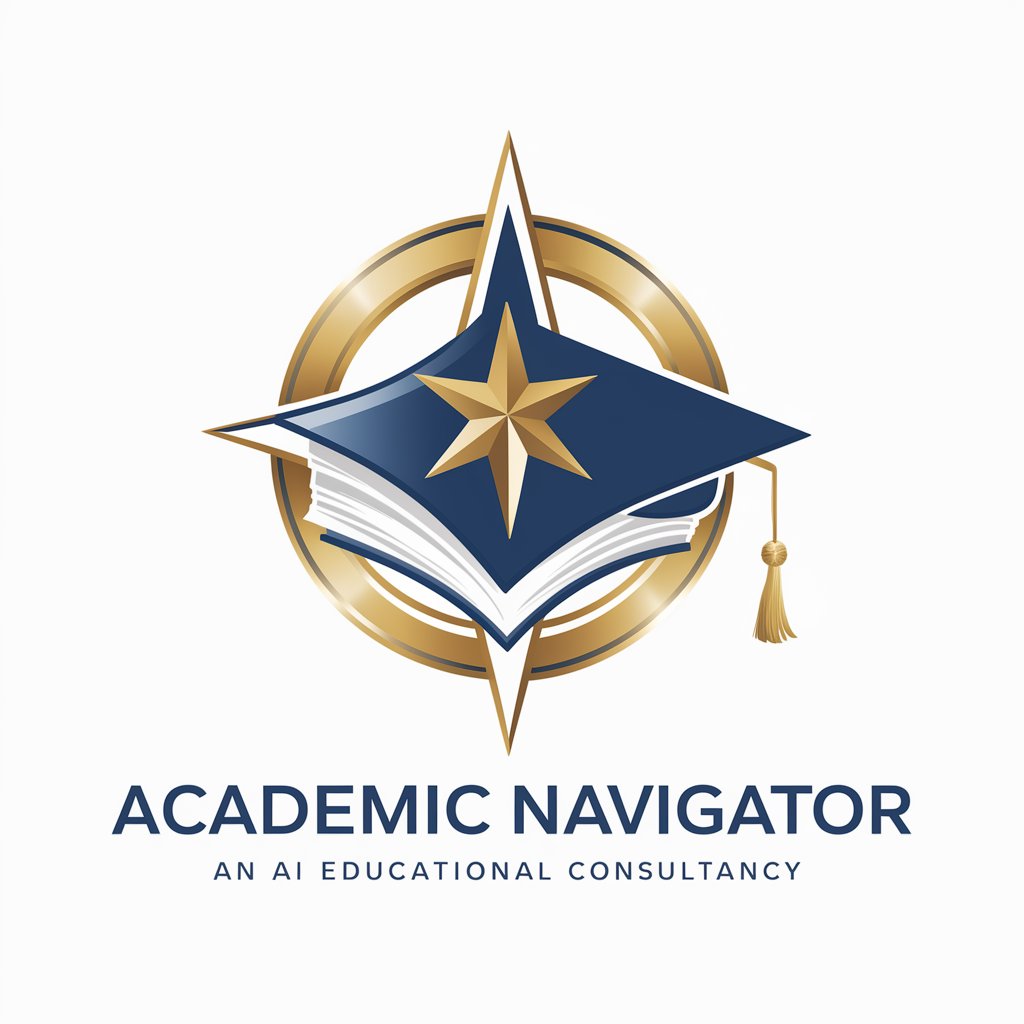
Noor Al-Hikma
Empowering Islamic Learning with AI

Voice Pro [GPT 4.5 Unofficial]
Enhancing Communication with AI-Powered Interaction
![Voice Pro [GPT 4.5 Unofficial]](https://r2.erweima.ai/i/G7a9pV2cQq6SKcHMIFUc6g.png)
Logo AI
Crafting Your Brand Identity with AI
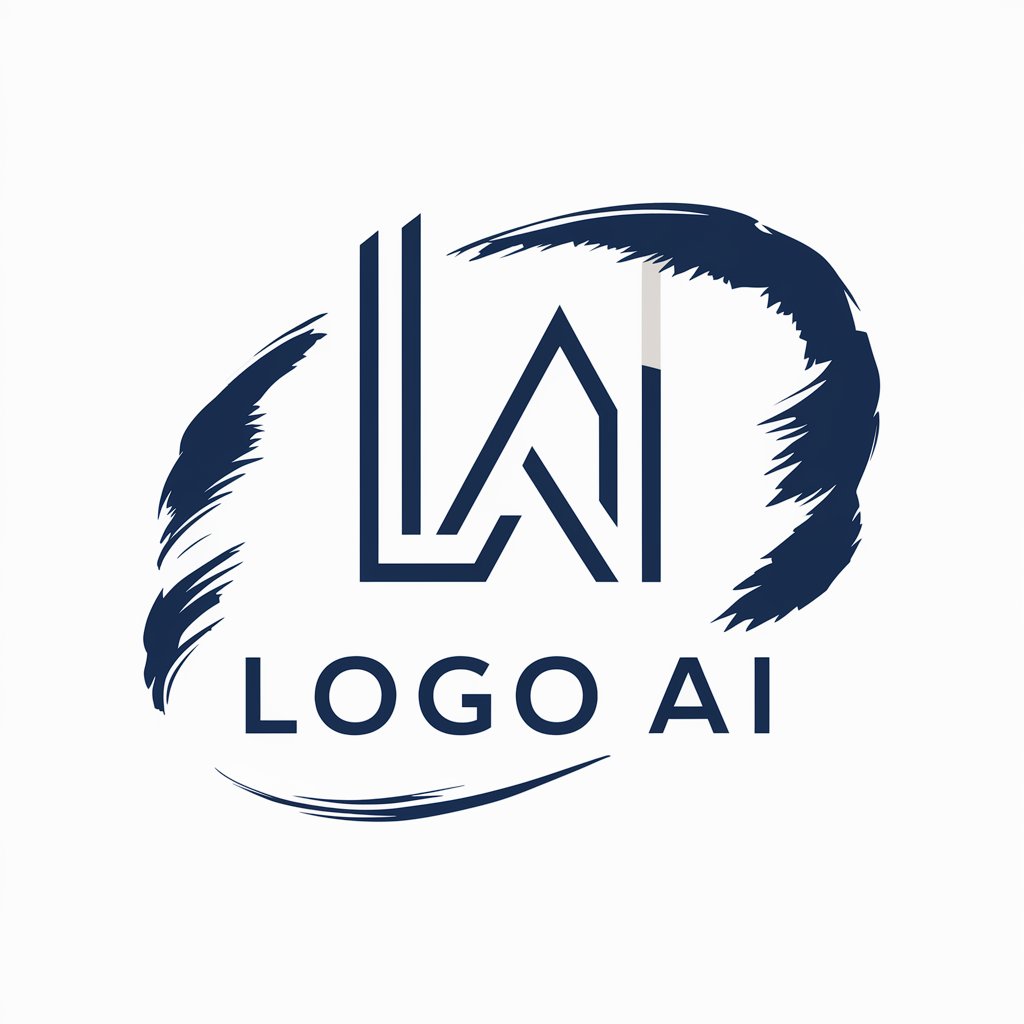
Choose Your Own Adventure Pro [GPT-4.5 Unofficial]
Craft Your Story, Explore Worlds Unseen
![Choose Your Own Adventure Pro [GPT-4.5 Unofficial]](https://r2.erweima.ai/i/1uxkMOlyS0GqNS_Nl4Cimw.png)
Math Lesson Plans - Common Core [GPT-4.5]
Elevating Math Education with AI
![Math Lesson Plans - Common Core [GPT-4.5]](https://r2.erweima.ai/i/a8LWuXYOQHq3pcFcG__4yg.png)
Frequently Asked Questions About README
What types of README files can this tool help with?
README can assist with a variety of README.md files across different contexts, including software projects, educational resources, and any project requiring clear, detailed documentation.
Can README suggest content for missing sections?
Yes, README can suggest content for missing sections by prompting users for necessary information, ensuring your README.md is comprehensive and informative.
How does README handle technical documentation?
README excels at structuring technical documentation, offering suggestions for clear explanations, code examples, and usage scenarios to enhance understandability and accessibility.
Is README suitable for beginners?
Absolutely. README is designed to be user-friendly, providing guidance and suggestions that are easily understandable by beginners, making documentation tasks less daunting.
Can I use README to improve an existing README file?
Yes, README is perfect for refining and expanding existing README files, improving clarity, organization, and ensuring all essential information is included and well presented.
